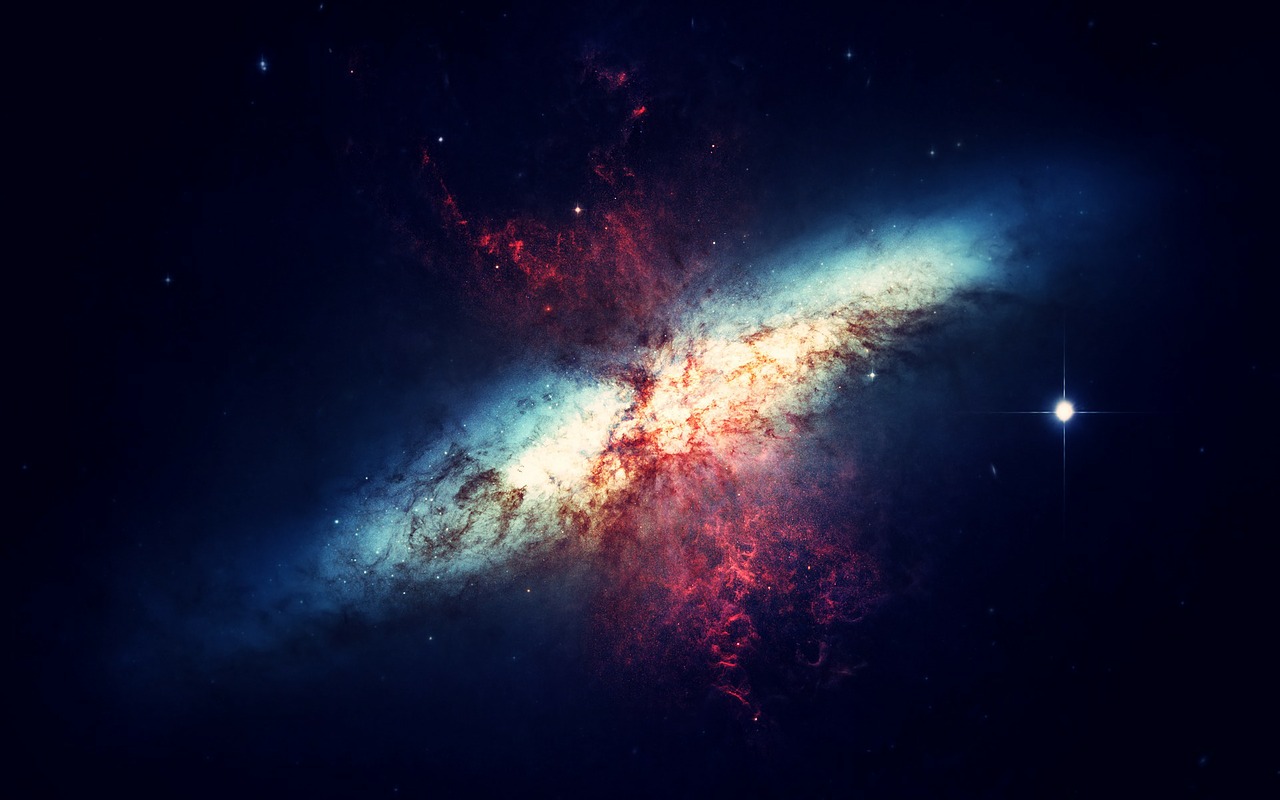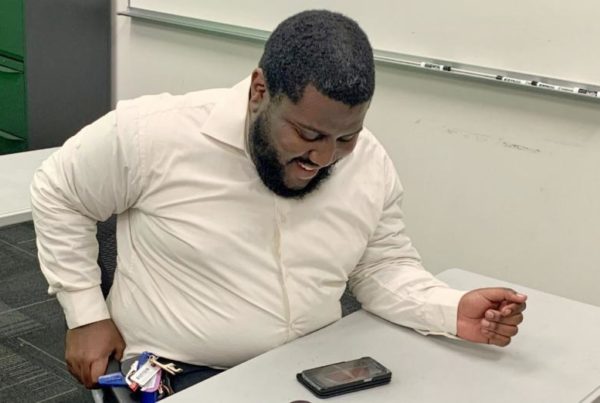Marc Airhart produces the “Point of Discovery” podcast at the University of Texas at Austin’s College of Natural Sciences. This March, in honor of the 150th anniversary of the Periodic Table of the Elements, he interviewed several UT scientists to learn about their favorite element. UT chemist, Dr. Kate Biberdorf, tells Airhart that palladium is her favorite.
“I think it’s such a beautiful element, and I just love how it’s such a good catalyst and it’s affordable,” Biberdorf says.
But if she had to choose the element she’d want to be, it would be hydrogen or helium.
“I’ve always wanted to fly,” Biberdorf says. “If I have to pick, it’s gonna have to be hydrogen ‘cause hydrogen’s explosive.”
Three other scientists told Airhart that their favorite elements ranged from metals to oxygen, to the beloved (or feared) carbon.
Emily Que is studying zinc – No. 30 on the periodic table of about 118 total elements. She says zinc can help her better understand human reproduction.
“Instead of doing a super-invasive procedure to determine if an embryo is viable, you can measure the zinc that’s released,” Que says.
UT astronomer Michael Endl is studying oxygen – element No. 8 – to determine whether there’s life outside of our solar system.
“If you could observe an Earth-like planet that has, for instance, Earth-type life on it, we would be able to see the signature of oxygen in [the] atmosphere,” Endl says. “If I would need to bet money, this will be the first kind of evidence that we have of extraterrestrial life.”
Airhart asked physicist Aaron Zimmerman about his research on space “rumbles” that came from a collision between two neutron stars. The blast from the collision was so hot and dense that it created some of the heaviest elements on the periodic table: platinum, uranium and gold.
“Evidence is pointing to the fact that the gold on your finger came from some extremely violent explosion or collision back in the earlier parts of our galaxy’s history,” Zimmerman says.
Written by Caroline Covington.
















